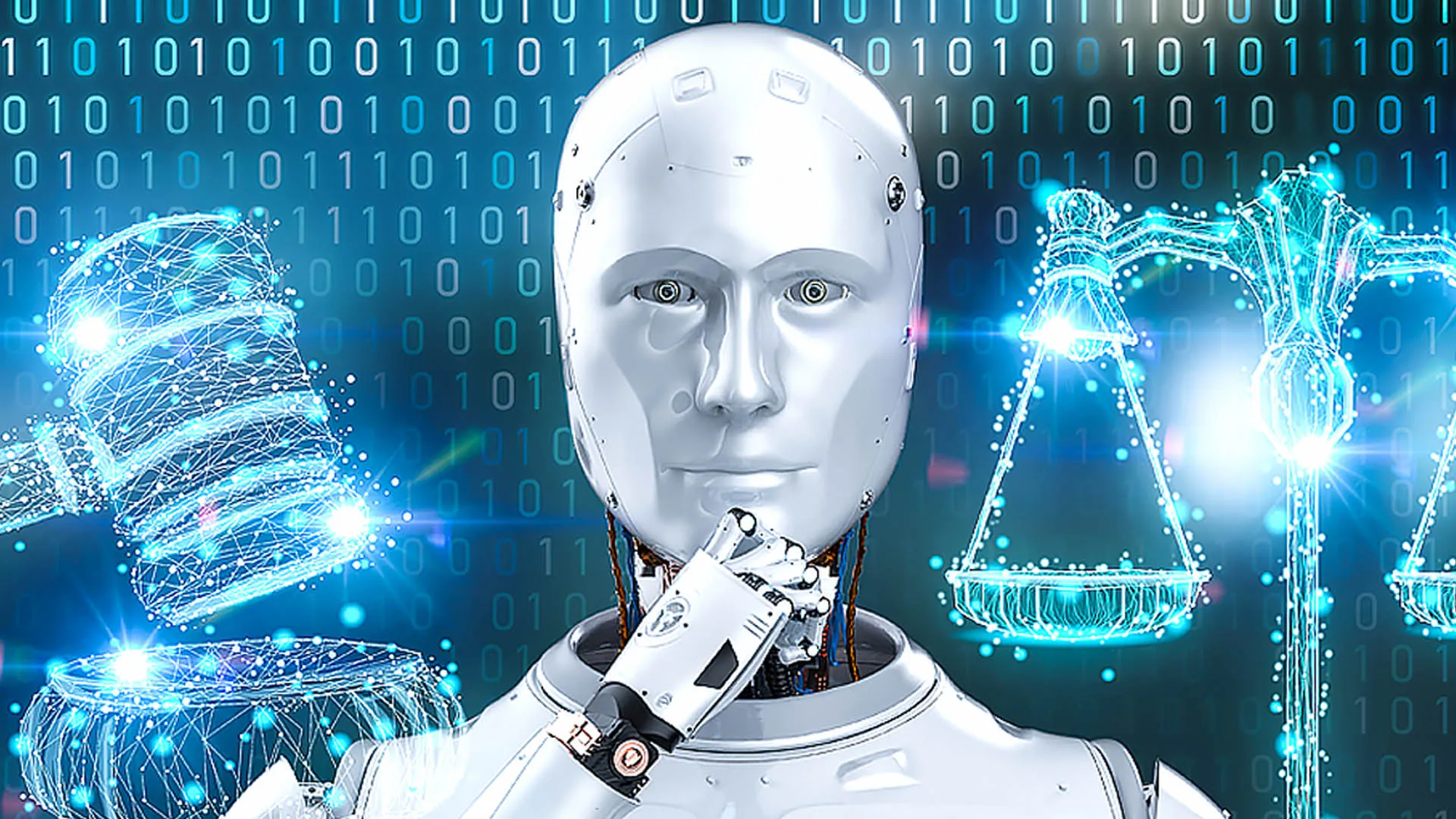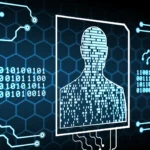Artificial Intelligence in Education (AI-EdTech) Globally, artificial intelligence (AI) is changing industries, and the education sector is no exception. The application of artificial intelligence (AI) to education, or AI-EdTech, has the potential to improve learning outcomes. Streamline administrative duties, and increase accessibility to education. Examples of this include virtual teaching assistants and personalized learning platforms. Artificial Intelligence in Education (AI-EdTech) This move toward AI-driven education is a reflection of broader shifts in the way society views education in general. And lifelong learning and adaptation in particular in the digital age.

The Emergence of AI in Education
Artificial Intelligence in Education (AI-EdTech) The educational sector was the first to adopt AI technology for fundamental uses such as data analytics and automated grading. However, more advanced educational tools like intelligent tutoring systems (ITS), adaptive learning platforms. And AI-powered educational chatbots are now part of the role that AI plays thanks to recent breakthroughs in the field.
Personalized Learning: The Heart of AI-EdTech
Personalized learning is one of the main ways that AI has improved education. In typical classrooms, there is often a one-size-fits-all approach to instruction, which may not be adequate to meet the unique needs of every student. Conversely, AI-EdTech solutions are designed to support different learning styles. Styles, and rates in order to personalize the learning process.
Intelligent Tutoring Systems (ITS)
These technologies mimic one-on-one human tutoring, which is a step above. ITS driven by AI. Such as Carnegie Learning, model a student’s comprehension and anticipate areas in which they could have difficulty based on data. To fill up the gaps, the ITS then offers personalized instructions and real-time guidance.
There are various advantages to personalized learning:
Enhanced student engagement: AI systems provide students with content that is appropriate for their ability levels, which keeps them interested and motivated.

AI-Powered Assessments and Feedback
Ensuring fair, accurate, and timely assessments is a significant task in education. AI has significantly improved the way teachers evaluate student performance and offer feedback.
Automated Grading: AI-driven systems are able to grade assignments significantly more quickly than human teachers, especially in topics like science and mathematics. Gradescope is one of the solutions that can grade written assignments, multiple-choice exams, and even some types of essays. While AI is still in its infancy, it has improved grading accuracy and has the ability to identify error trends, which teachers can use to provide insightful feedback.
AI-EdTech and Accessibility
The ability of AI to increase accessibility in education is among its most exciting uses. AI has the potential to remove obstacles for pupils who have linguistic difficulties, disabilities, or live in underprivileged areas.
Language Translation and Accessibility technologies: Real-time translation of course content can be provided by AI-driven language translation technologies like Microsoft Translator and Google Translate, increasing the accessibility of education for non-native speakers. AI-driven text-to-speech and speech-to-text technology can also help students with vision or hearing impairments.

Challenges and Ethical Considerations in AI-EdTech
While there are many advantages to using artificial intelligence (AI) in the classroom, there are also difficulties and ethical quandaries that need to be resolved to ensure responsible use.
Tight data security laws are becoming more and more important to ensure that student data is not misused or accessed without permission. Ensuring adherence to data protection laws, such as the General Data Protection Regulation (GDPR) and the Family Educational Rights and Privacy Act (FERPA), is crucial.
An artificial intelligence system created to forecast student achievement, for example.
The Future of AI in Education
AI-EdTech’s potential uses in education will grow as it develops further, providing even more chances for accessibility, efficiency.
AI and lifetime Learning: As the need for lifetime learning increases, AI will be essential in providing individuals with individualized learning paths. AI-powered platforms provide continuous education by tracking individual learning experiences and making relevant course or skill recommendations based on career ambitions.
AI and virtual reality (VR): Using AI and VR together could result in immersive learning environments. AI might modify VR simulations according to the proficiency of each learner, resulting in a very dynamic and interesting educational process.

Conclusion
The use of artificial intelligence (AI) in education, or “EdTech,” has the power to completely change how we run educational institutions and how we teach and learn. Examples of this include intelligent tutoring systems, individualized learning platforms, and AI-driven administrative tools.
FAQs
What is AI-EdTech?
The term “AI-EdTech” describes how artificial intelligence (AI) technologies are incorporated into educational systems to improve administrative and instructional procedures. It makes use of resources like AI-powered tutoring programs, adaptive learning platforms, automated grading, and customized learning trajectories for each learner.
How does AI personalize learning?
By evaluating a student’s performance, learning style, and pace, AI personalizes learning. It adapts the content, degree of difficulty, and feedback based on the needs of each individual learner using adaptive algorithms. Artificial Intelligence in Education (AI-EdTech) Students can progress at their own pace and focus on areas where they still need to improve thanks to this tailored learning experience.
What are the benefits of AI in education?
Personalized education: Adapted to each student’s requirements.
Enhanced productivity: AI makes administrative chores like scheduling and grading automatic.
Instant feedback: Students get tests and advice right now.
Education that is accessible: Students with impairments and linguistic hurdles benefit from AI technologies such as accessibility features and language translators.
Data-driven insights: AI analytics offer insightful data on student performance, enabling teachers to take early corrective action.
What are Intelligent Tutoring Systems (ITS)?
Intelligent tutoring systems are AI-driven platforms that offer individualized guidance, constructive criticism, and educational exercises to mimic one-on-one tutoring. With the help of ITS, teachers may modify their methods in real time to better meet the needs of each individual student.
How is AI used for administrative tasks in education?
Routine chores like scheduling, grading, and analyzing massive amounts of student data can be automated with the use of AI. With the help of AI-driven scheduling tools, teachers may concentrate more on instruction and student engagement by efficiently creating schedules, allocating resources, and managing workloads.



